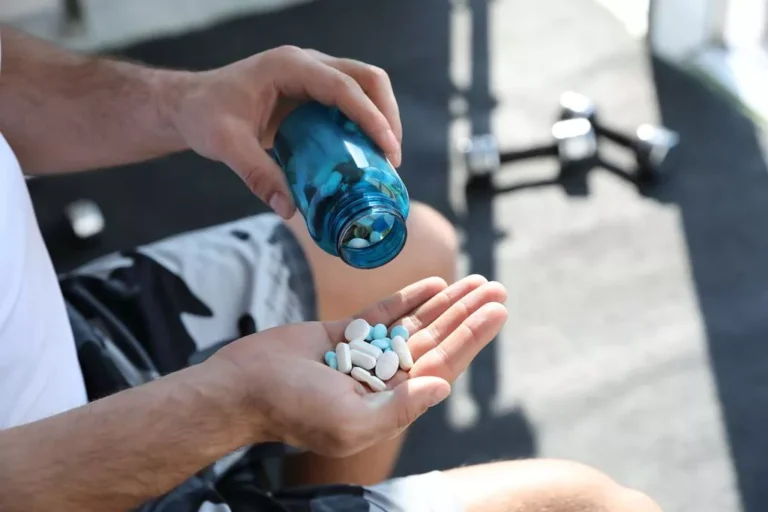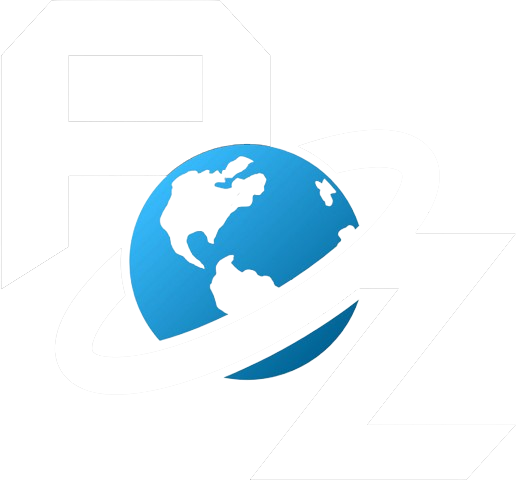Treatment for Heroin Addiction
They may also experience unpleasant side effects, such as nausea, vomiting, and itching. The Diagnostic and Statistical Manual of Mental Disorders, 5th edition, text revision (DSM-5-TR), indicates that a person must meet specific criteria to receive a diagnosis of an OUD. The self-help support group message is that addiction is an ongoing disorder with a danger of relapse. Self-help support groups can decrease the sense of shame and isolation that can lead to relapse. As you might imagine, this back-and-forth puts a major strain on your organs. Your risk of overdosing from a speedball is significantly higher than your risk of overdosing on either drug alone.
How do I know if I or someone I know is misusing drugs?
People who misuse opioids such as heroin may have an opioid use disorder (OUD). Stopping drug use is just one part of a long and complex recovery process. When people enter treatment, addiction has often caused serious consequences in their lives, possibly disrupting their health and how they function in their family lives, at work, and in the community. It may help to get an independent perspective from someone you trust and who knows you well.
- There’s no way to know what you’re taking or how strong it is.
- These receive your body’s natural endorphins and regulate pain, reward, and some behaviors.
Can Someone Overdose on Heroin?

Depending on how you use it, heroin can go into effect immediately or within half an hour. Some people describe this as a warm, relaxed feeling, like resting on a cloud. Withdrawal management can help you get through any symptoms you experience while weaning off heroin. If you’re concerned you or someone else may have overdosed on heroin, calling 911 or local emergency services may ensure you’re evaluated as soon as possible.

What’s the Best Way to Find a Drug Detox Center?
These receive your body’s natural endorphins and regulate pain, reward, and some behaviors. Approximately 948,000 people in the United States used heroin in 2016. The drug was responsible for more than 14,000 overdose deaths in 2019, according to the latest survey data available. A continued use of heroin, even when you’re experiencing negative effects, is a hallmark sign of substance use disorder. Many people start using heroin to deal with anxiety, worries, and other stressors.
Even with unpleasant reactions and a desire to stop using heroin, you may find it very challenging to stop on your own. Someone who’s overdosing may need more than one dose of naloxone or further medical care. After you give them a dose of naloxone, heroin addiction treatment call 911 or get them to the ER right away. Opioid use disorder is a serious condition, but it’s treatable. While not everyone who takes legal painkillers or recreational substances becomes addicted, some people won’t be able to stop taking them.
What’s the difference between substance use/misuse and substance use disorder?
- Community-based organizations and state-funded treatment programs usually involve a combination of behavioral therapy, group therapy, and medication.
- “For individuals who have developed a physical dependency to heroin, medically monitored withdrawal management (aka “detox”) in an outpatient or inpatient setting may be indicated,” Bhatt says.
- After treatment, it’s important to receive continuing support to promote long-term recovery.
- As someone with a drug addiction you’re entitled to the same confidential NHS care as anyone else who has a health problem.
Dr. Kevin Wandler of Advanced Recovery Systems talks about types of medication-assisted therapies for opioid addiction. Monroe County saw 124 overdoses in May, with six fatalities potentially due to overdose, according to the county’s opioid overdose tracker. The New York State Department of Health is warning residents of a recently detected dangerous mix of substances found in the Central New York area. This prosecution is part of an Organized Crime Drug Enforcement Task Forces (OCDETF) investigation. The drug conspirators have ties to suppliers in Mexico and Colombia, and law enforcement in those countries are assisting with the investigation and search warrants. Tianeptine goes by many different names, so read your labels carefully before you take any supplements.
- SUD may also exacerbate symptoms of other mental disorders, and early drug use is a strong risk factor for the later development of substance use disorders.
- People who take heroin often describe feelings of euphoria, although this is often short lived.
- Substance use disorder (SUD) is a complex condition that involves a problematic pattern of substance use.
- It’s very addictive and has been illegal in the United States since 1924.
- Side effects vary, and the potential for abuse and addiction with these medications is low.
- The FDA has never approved tianeptine to treat depression or any other condition.
Within a detox program, health professionals can provide treatment for symptoms of heroin withdrawal, which can begin within hours of a person’s last use. Treatment for heroin addiction can help address the physical effects of heroin addiction, as well as the psychological and behavioral effects living with addiction can have on a person’s life. If you have a severe addiction, you may need hospital-based or residential treatment. Residential treatment programs combine housing and treatment services. In addition to physical and mental effects, substance use can adversely affect a person’s relationships, home and work life, and mental health.
Patients may also receive a medication-assisted treatment, such as methadone or buprenorphine, to help them taper off of heroin. This type of detox is referred to as medically supervised withdrawal. Free rehab programs are also offered by some addiction treatment centers in the United States for people who earn little to no income. For detoxification, the FDA has also approved the use of lofexidine, a non-opioid medication that can alleviate heroin withdrawal symptoms in the early stages of treatment.

